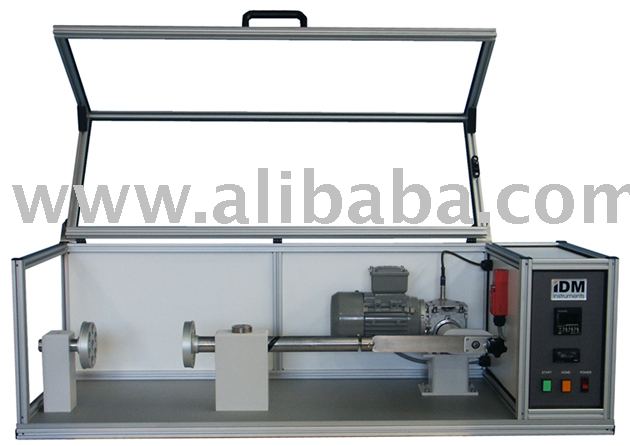knowlittle
Materials
- Jul 26, 2007
- 192
DRIVING rod: This rod is making a simple in-out movement. 4" (10 cm) movement.
DRIVEN rod: This rod follows DRIVING. This rod also rotates (2 revolutions).
Both rods are about 1" (2.5 cm) in diameter. End surface of the rods has a tapped hole, on the axis of the rod.
I need a joint that connects the two, transferring 4" movement from DRIVING to DRIVEN, allowing DRIVEN to rotate. DRIVING does not rotate. I can drill/tap additional holes to both rods. I can modify both rods.
DRIVEN rod: This rod follows DRIVING. This rod also rotates (2 revolutions).
Both rods are about 1" (2.5 cm) in diameter. End surface of the rods has a tapped hole, on the axis of the rod.
I need a joint that connects the two, transferring 4" movement from DRIVING to DRIVEN, allowing DRIVEN to rotate. DRIVING does not rotate. I can drill/tap additional holes to both rods. I can modify both rods.

